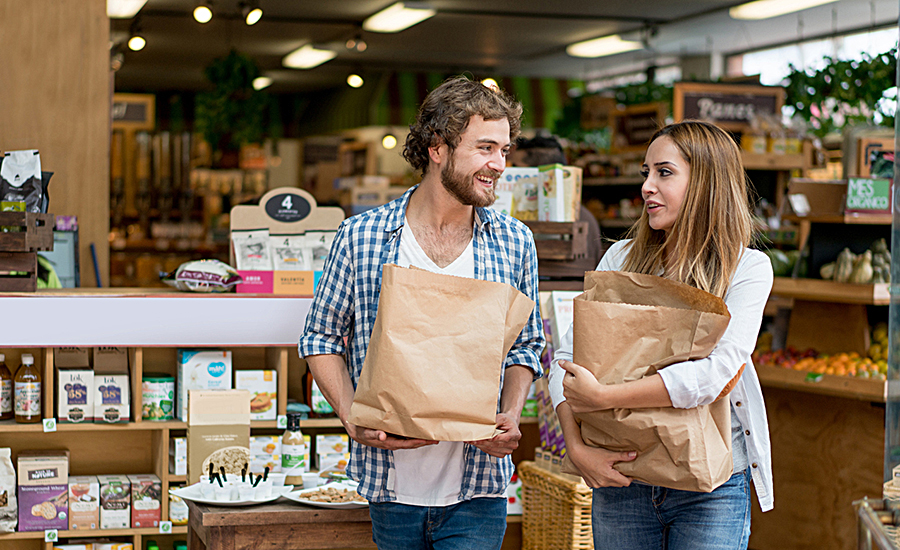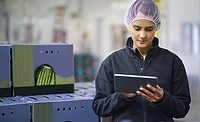Editor's Note
How consumers are shaping packaging technology trends
As consumers call for organic and clean labels, packaging companies are responding.

With the holidays upon us, we give you a profile of another “fabulous” food plant, as we like to call them, this time Bell & Evans. The company has seen such success and growing demand for its organic poultry since 2005 when its last state-of-the-art plant was completed that an entirely new facility was built for further processing and packaging.
The demand for organic just keeps rising and shows no stopping. Take the recent report from The Organic Trade Association that found more than five in 10 organic buyers are Millennials, who are ages 18-34. And guess what—the Millennials are having families. And guess what else—the Millennials are buying organic for their kids. Yes, you can see where this trend is going. Major food manufacturers aren’t missing this: Danone acquired WhiteWave Foods in the last year, and General Mills says it is now the third-largest natural and organic food producer in the US.
Even if consumers aren’t going totally organic, more and more people want to know exactly what is in their food and why certain ingredients are there. This has led us to the clean label movement, but there are many products that simply can’t be produced with only clean ingredients and be shelf stable for longer than a couple of days. Compound this with the fact that our supply chain is growing increasingly global, and this produces a conundrum.
However, this situation also is driving some of the latest technology trends in packaging. New packaging equipment can now provide more capabilities in modified atmosphere packaging (MAP), and machinery is being designed to handle heavier films and provide better seals. I saw some of this equipment at the last IBIE show, where experts said they are shipping most of these machines to Europe, but that North America is not far behind.
Speaking of Europe, I was just in Parma, Italy to cover CibusTec. If you missed my CibusTec highlights, visit our website to take a look at some of the European equipment providers that you may or may not be aware of. I did see amazing machinery at the show, but I was blown away by my visit to the Caseificio San Lucio Parmigiano Reggiano cheese factory and a tour of Ermes Fontana, where they produce Prosciutto di Parma. While neither plant specializes in organic per se, they both take tremendous care and pride in the food they produce. With a two-year wait to bring both of their products to market, I would definitely say they both qualify for the coveted “authentic food” distinction. But that’s a whole separate trend.
Whether you are eating organic foods or not this season, happy holidays to you and yours!
Looking for a reprint of this article?
From high-res PDFs to custom plaques, order your copy today!






